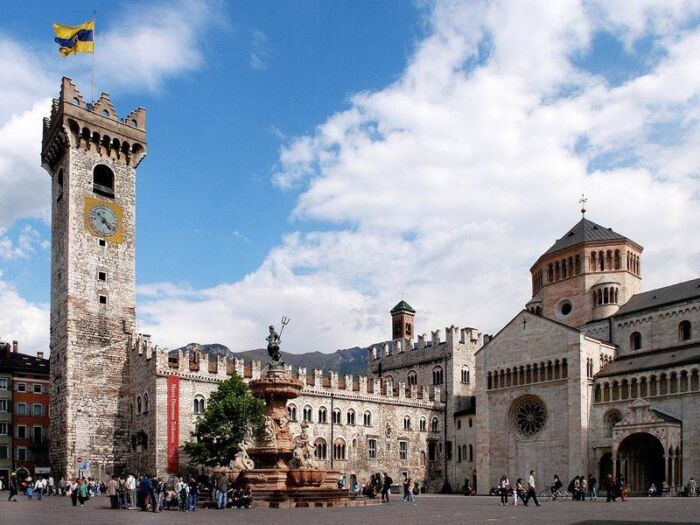
Trento is the most sustainable city in Italy for transport, energy and environment, followed by Turin, Bologna, Mantua and Milan. This is what emerges from the fifth edition of the Smart City Index of EY, which analyzes the 109 Italian capital cities, classifying their development in terms of networks and infrastructures and measuring their ability to innovate and offer quality services to their citizens.
If in the first editions the keyword with which to read the various indicators was “intelligence”, understood as the ability to innovate, today the index expands the concept through urban sustainability. In other words, the report takes into account how much smart city infrastructure in the various components of transport, energy and the environment (water, greenery and waste).
The EY report shows that as many as 3 metropolitan cities are in the top 5 (in addition to Turin and Bologna on the podium, Milan is in fifth place), and Florence which closes the top 20; only one other city is present in the top 30 (Venice), while the others are classified beyond the 40th place, with Catania in the penultimate position among the Italian cities (108th out of 109).
The medium-sized cities also occupy the ranking predominantly, with 12 cities in the top 20. In the first place in the Trento ranking, which excels for transport, energy and the environment; instead Mantua, in fourth place, is the most sustainable city among those with a population of less than 80,000 inhabitants; in the top 10 there is also Bolzano, Brescia, Bergamo, Pordenone and Ferrara. The top 20 includes Modena, Parma, Udine, Reggio Emilia, Padua, Treviso and Monza.
The degree of balance between mobility, energy and the environment is perfect in almost all the first 7 cities (Trento, Turin, Bologna, Mantua, Milan, Bolzano, and Brescia) which actually occupy the first positions in all the partial rankings, a signal that they manage to carry out their infrastructural investments in sustainability in a homogeneous way on the various fronts. Greater variability show the other Emilian cities in the ranking after Bologna (which is very balanced), while Lombardy cities generally show slightly worse performance in the “Sustainable Environment” area. In general, however, the top 19 cities are always in the top 20 in all partial rankings, only Florence comes out of the top 20 in sustainable mobility (but is still in 25th place).
All the indicators relating to sustainable mobility (which includes electric mobility, ‘slow’ or ‘soft’ mobility, i.e. cycle and pedestrian, and shared mobility) show a steady increase in the last 6 years. In particular, electric mobility is the area that has recorded the most significant increases: the charging stations in the municipalities show doubling rates every two years in the last four years (+ 92% in the last two years), and are therefore more which quadrupled since 2014 (+ 357%). Electric and hybrid cars also increase at significant rates, having more than tripled in the past 4 years (+ 259% since 2016). It should be noted that the cities put in place initiatives to encourage the least polluting car park, such as the possibility for electric cars to access the restricted traffic areas or not to pay for parking in the blue stripes.
The so-called ‘slow’ or ‘gentle’ mobility, which affects both bicycles and pedestrians, also gets increasing attention: the extension of cycle paths (+ 22% since 2014) and pedestrian areas (+ 8% since 2016) have increased ), albeit more slowly than other phenomena such as electricity and sharing. Finally, shared mobility (cars, bicycles, scooters, scooters) is catching on in an increasing number of Italian cities. Milan, which is the first Italian city in terms of sharing mobility intensity, had at the end of 2019 over 3,000 cars in sharing with 6 operators (including 3 electric), and 4,800 bikes in sharing (+ 49% compared to 2017).